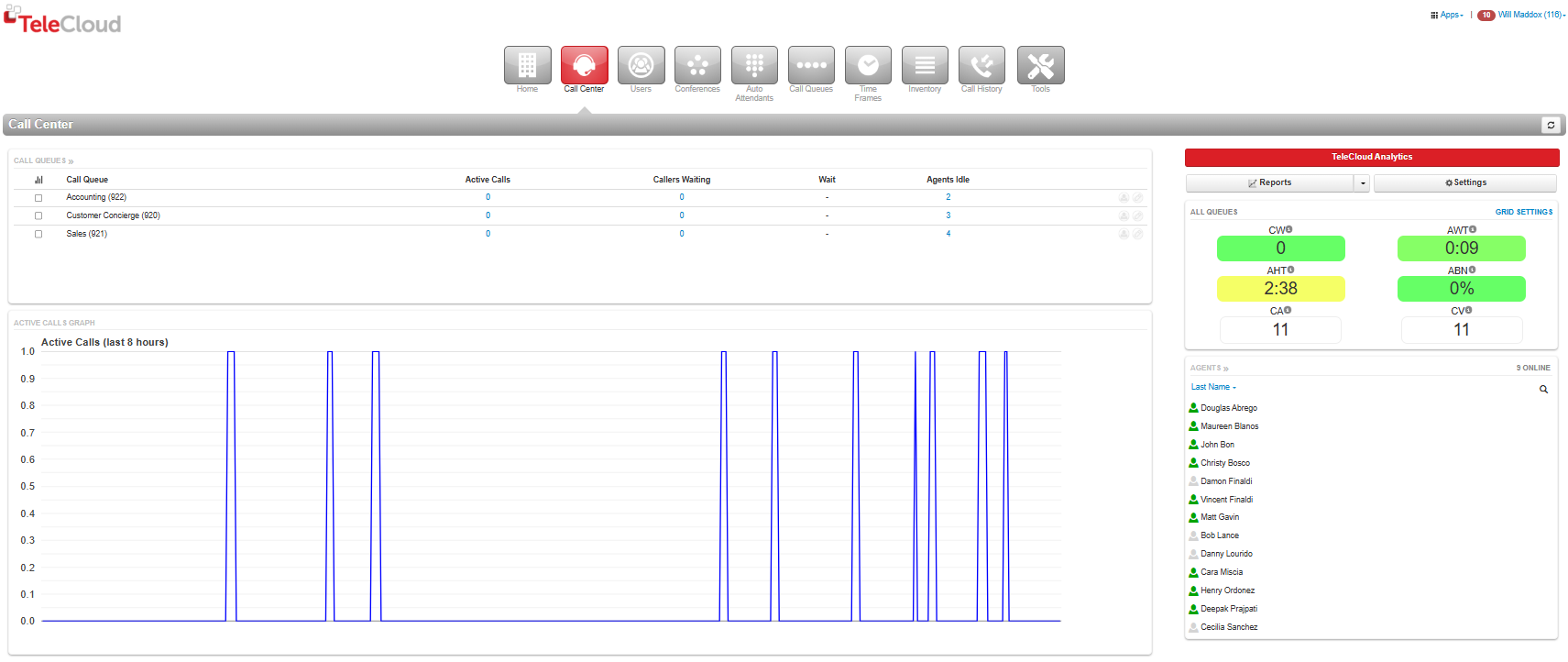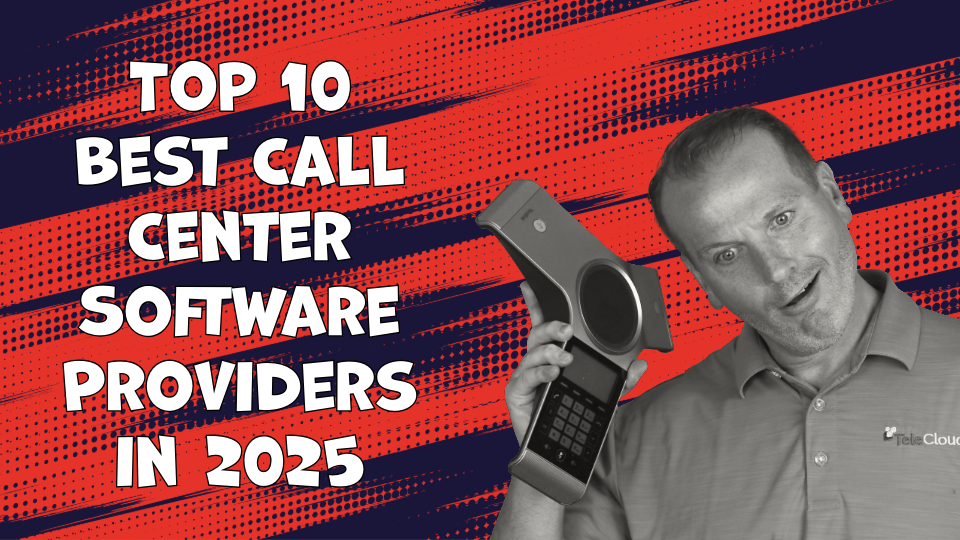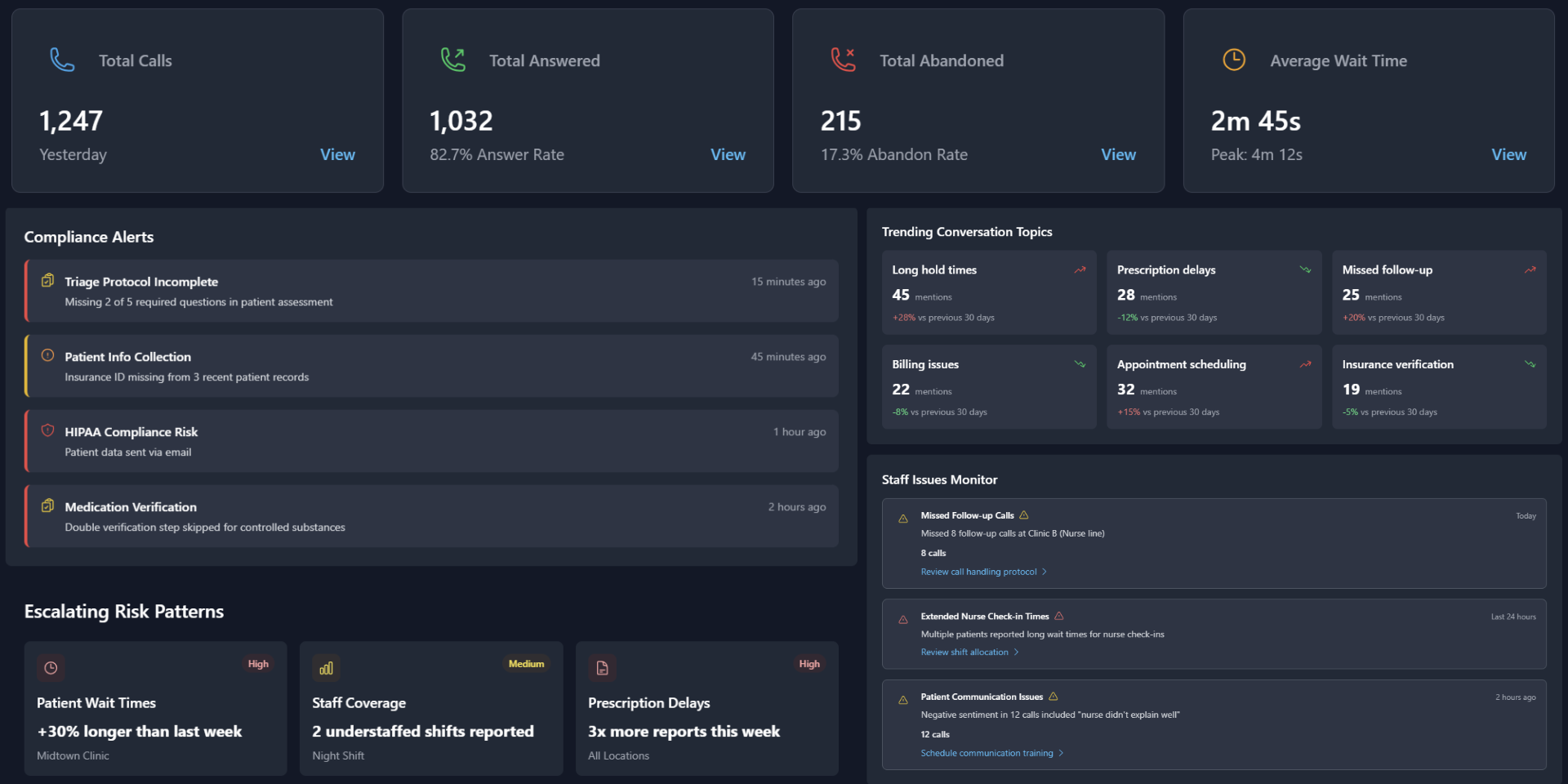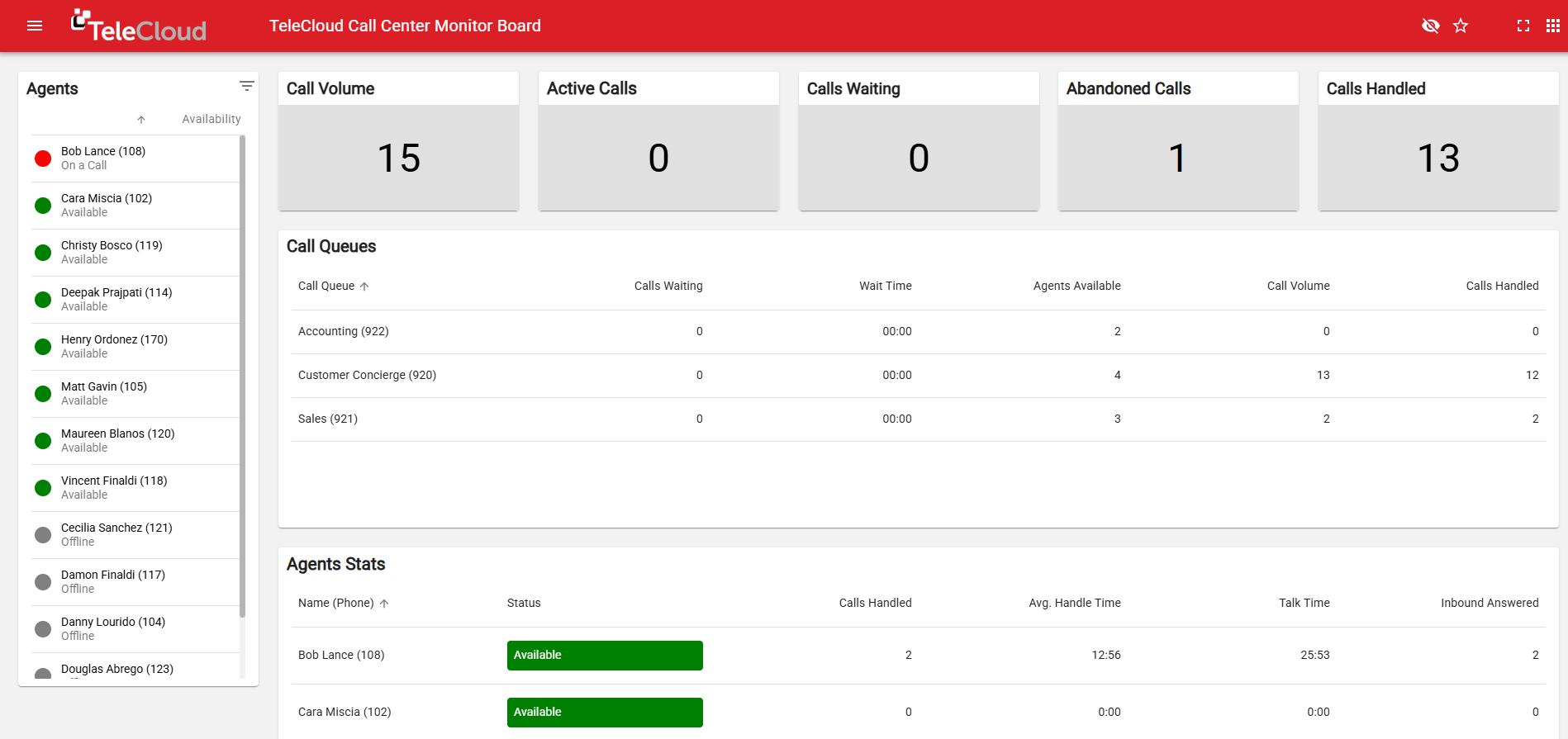
In customer service, speed and structure are everything. When customers face long hold times or get bounced between agents, trust fades quickly. That’s why call queues aren’t just a behind-the-scenes feature—they’re a key part of the experience your brand delivers.
At TeleCloud, we help businesses modernize outdated phone systems with intelligent call flows. A major part of that transformation is selecting the right type of call queue. When thoughtfully designed around your team’s structure and service goals, call queues do more than just route calls—they reduce friction, boost satisfaction, and support customer loyalty.
The best queue setup aligns with your internal workflows while reinforcing your brand’s responsiveness and respect for customers’ time.
In this guide, we’ll walk through different call queue configurations, share real-world use cases, and help you find the approach that fits your business best.
Not sure which queue fits your needs? Schedule a free call flow review with a TeleCloud expert.
What Are the Main Types of Call Queues?
Understanding your queueing strategy is essential to optimizing inbound call management. When evaluating call queue options, consider your team’s size, skill level, customer expectations, and the complexity of your support needs. Here are six common queue types supported by TeleCloud, each suited to specific business goals:
1. Round Robin (Longest Idle)
Ideal for teams with equally skilled agents, this method directs calls to the agent who has been idle the longest. It distributes workload evenly, improves morale, and ensures faster response times. This is the default go-to for help desks, technical support teams, and general inquiry lines with agents trained to handle a broad range of issues.
Example: A customer support center for an eCommerce retailer uses Round Robin to distribute incoming product inquiries evenly across all support agents, ensuring no single agent is overloaded and customer wait times remain short.
2. Tiered Round Robin
This strategy introduces a layered escalation system. Calls start with Tier 1 agents and move to Tier 2 or Tier 3 if unanswered. Great for businesses that want skill-based escalation without needing complex routing rules. It’s especially helpful for tech support or service centers with a defined skills ladder.
Example: An IT managed service provider uses Tiered Round Robin so entry-level technicians handle general tickets first, with unresolved issues escalated to network specialists.
3. Ring-All
This method rings all available agents at once, with the first to answer taking the call. It maximizes the chance of quick response but can lead to burnout in high-volume environments. It’s best for small teams or urgent queues like emergency response, high-ticket inbound sales, or after-hours support.
Example: A real estate agency uses Ring-All during weekends to ensure property inquiries are answered immediately, regardless of which agent is available.
4. Linear Hunt
This strategy sends calls through a fixed order of agents. It works well for teams where priority matters—such as routing to a primary account manager before escalating to another rep. It’s especially effective in sales or support tiers where client relationships are a priority.
Example: A law firm uses Linear Hunt to route incoming client calls to assigned attorneys first, maintaining consistency and client trust.
5. Linear Cascade
An extension of Linear Hunt, this method introduces tiers. Level 1 agents receive the first wave of calls; if they’re unavailable, calls escalate to Level 2. This is excellent for structured organizations where experience or specialization increases in stages. It helps balance service quality with efficiency.
Example: A healthcare clinic uses Linear Cascade to route general questions to receptionists, while more technical or insurance-related calls escalate to administrative staff or billing specialists.
6. Special Queues: Call Park and Callback
- Call Park places a caller on hold without showing wait time or position. It’s typically used when agents need to transfer calls, consult internally, or fetch information before returning to the line. It adds a layer of flexibility to manage complex calls without dropping the conversation.
- Callback Queues allow callers to request a return call instead of waiting on hold. This reduces perceived wait time and increases satisfaction—especially during peak periods or limited staffing scenarios. It's a win-win: customers don't have to stay on hold, and your team can respond strategically.
How to Match the Right Queue to Your Needs
Different call queue types align with different organizational structures, staffing levels, and customer expectations. Whether you're in healthcare, finance, retail, logistics, or education, there's a queue configuration that fits your needs. Here’s a quick guide:
- For Balanced Teams: Use Round Robin to distribute calls fairly and evenly. This reduces queue fatigue and ensures consistent service.
- For Skill-Based Support: Choose Tiered Round Robin to escalate calls through increasing levels of expertise. Ideal for tiered help desks or knowledge-based workflows.
- For Small Teams: Deploy Ring-All when availability is unpredictable and speed is crucial. Works best in low-volume, high-impact scenarios.
- For Priority Routing: Go with Linear Hunt or Linear Cascade when you want control over who takes the call first or need to manage internal team hierarchies.
- For Peak Volume & Customer Convenience: Implement Callback Queues to reduce hang-ups and keep customers happy during high-traffic hours.
Bonus Tip: Many organizations benefit from using a hybrid queue strategy—combining multiple queue types for different departments or workflows. For example, a national retail chain might use Round Robin for their customer support team and Linear Hunt for their regional sales offices to ensure inquiries are directed to the appropriate point of contact efficiently.
Why the Right Queue Matters for Customer Experience
The right call queue isn’t just a staffing tool—it’s a CX strategy. Done right, it can have a measurable impact on your operations and bottom line. Businesses that implement optimized queue strategies often reduce average hold times by up to 30%, leading to higher first-call resolution and improved customer satisfaction. It can:
- Reduce caller wait times and transfers
- Improve agent morale and reduce burnout
- Increase first-call resolution rates
- Show customers you value their time and business
- Enhance visibility into team performance with queue-level analytics
But when queues are poorly designed, they become roadblocks. Customers get frustrated, agents get overwhelmed, and opportunities are lost.
Modern call centers are increasingly judged not just by speed, but by empathy, clarity, and problem-solving efficiency. A well-configured queue puts your brand’s best foot forward.
Ready to Optimize Your Call Queues?
Call queues may be technical, but their impact is deeply human. Each configuration choice affects how quickly your customers are helped, how confidently your team works, and how smoothly your operations run.
You’ve learned how queue types—from Round Robin to Callback—can align with different team structures and business needs. You’ve seen how the right approach can streamline your communication, reduce caller frustration, and boost your brand reputation.
Now it’s time to take the next step. Evaluate your current call flow and consider where smart, intentional changes can drive better outcomes. Whether your goal is faster response times, better customer retention, or simply less chaos on the phones, choosing the right queue strategy is key.
At TeleCloud, we help businesses turn complex call flows into strategic CX solutions that grow with your goals. Let’s build a smarter, more responsive customer experience—together.
Topics:




















